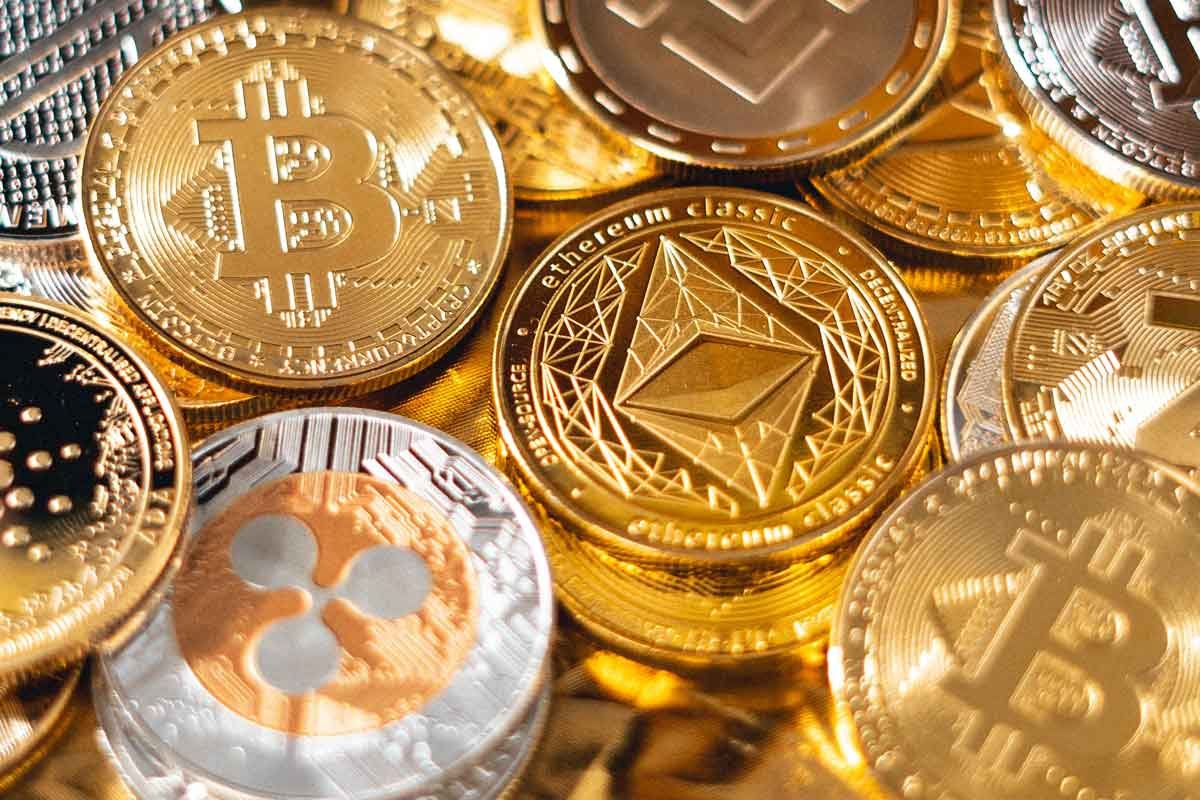From Bitcoin to SushiSwap: DeFi’s Culinary Delight
Cryptocurrencies, initially conceived in the late 2000s with the introduction of Bitcoin, promised a decentralized financial future free from the centralized institutions that have traditionally dominated the financial landscape. Over a decade later, we have witnessed an evolution from simple peer-to-peer transactions to a complex web of financial operations, all running on decentralized networks. Enter Decentralized Finance, or DeFi landscape, a term that encapsulates this evolution, offering financial services through decentralized platforms, primarily on the Ethereum blockchain. If you want to invest in Bitcoin then you can visit online trading platforms like this link.
Bitcoin: The Precursor to DeFi
Bitcoin, the “genesis” cryptocurrency, was a groundbreaking innovation. It introduced the concept of a decentralized digital currency without a central authority. By allowing peer-to-peer transactions secured by cryptography, it paved the way for the decentralized revolution. However, while Bitcoin was revolutionary, its primary function was as a digital store of value, not a platform for complex financial operations.
The Advent of Ethereum and Smart Contracts
Ethereum, proposed in late 2013 and brought to life in 2015, expanded on Bitcoin’s vision. It didn’t just offer a cryptocurrency; it provided a platform. The Ethereum blockchain introduced the world to “smart contracts” – self-executing contracts where the agreement terms are directly written into code. This was a game-changer. Suddenly, developers could create decentralized applications (DApps) that could perform complex operations, from lending and borrowing to insurance, without intermediaries.
Food-Themed Tokens: More than Just Memes
As the DeFi landscape ecosystem matured, the latter part of 2020 saw a curious trend: the rise of food-themed tokens. While it might have started off as a playful nod to the meme culture deeply embedded in crypto communities, these tokens quickly gained serious traction. Projects like YAM, Pickle, and of course, Sushi, weren’t just novelties; they represented serious financial tools and services. The allure? A combination of innovative mechanisms, high yields, and of course, a playful approach to finance.
SushiSwap: A Brief Overview
SushiSwap began as a fork of the popular decentralized exchange Uniswap. However, it quickly differentiated itself. Its governance token, SUSHI, allowed for a more community-centric approach. Users could earn SUSHI tokens by providing liquidity, and these tokens also confer voting rights in the platform’s direction. This democratization of decision-making processes struck a chord with many in the crypto community, leading to SushiSwap’s rapid growth.
The Culinary Landscape of DeFi
SushiSwap was not alone in the culinary crypto landscape. Projects like PancakeSwap, BurgerSwap, and others started popping up. Each brought unique flavours (pun intended) to the table. For instance, PancakeSwap operated on the Binance Smart Chain, offering an alternative to those weary of Ethereum’s high gas fees. These food-themed projects, while quirky in name, were no joke in function. They expanded the DeFi space, offering new ways to earn, trade, and participate in decentralized finance.
Risks and Rewards: Navigating the DeFi Dining Experience
However, as with any financial venture, DeFi’s culinary world isn’t without its risks. The most notable is “impermanent loss” – a phenomenon where liquidity providers (those who fund the pools for decentralized exchanges) can lose money when the price of tokens inside a pool diverges significantly. Additionally, as the space is relatively new and moves at breakneck speed, there’s always the risk of smart contract vulnerabilities or unforeseen bugs. Hence, potential participants should do their due diligence, research projects thoroughly, and perhaps consider diversifying their investments across multiple platforms.
The Future Plate of DeFi: Beyond SushiSwap
The DeFi landscape, even in its culinary subsection, is rapidly evolving. As technology progresses, we can expect further innovations. Layer 2 solutions and other blockchains may reduce transaction costs, making DeFi more accessible. Additionally, the integration of real-world assets and data through oracles could further expand DeFi’s potential. While food-themed tokens have made a significant splash, they represent just one course in the vast banquet that is decentralised finance.
Conclusion
From Bitcoin’s humble beginnings as a decentralized digital currency to the rich tapestry of food-themed tokens and platforms in the DeFi space, the journey has been nothing short of remarkable. With solutions like the Bitcoin Era emerging, it’s evident that the digital financial world is keen on making things more accessible and streamlined for users. As the world of decentralized finance continues to evolve, one thing is clear: it offers a tantalizing promise of democratized finance, where anyone, anywhere, can participate in and benefit from a global financial system. The world is just beginning to savour the myriad flavours that DeFi has to offer, and the menu is only set to expand.





